Thursday May 25, 2023

Today we are going to see the Mille Miglia Museum. It is a few miles out of town according to google maps, so we will be taking the metro. We make our way to the metro station and peek into the Church of Sant Agata. It was built in 1300 and remodeled several times. The interior has frescoes and stuccos from the 1600s. The chapels of the nave date to the 16th century with frescoes from 1683 and the church has the first examples of Baroque decoration in Brescia. The avatar and the area above it is quite stunning. We head to the metro which is right around the corner.
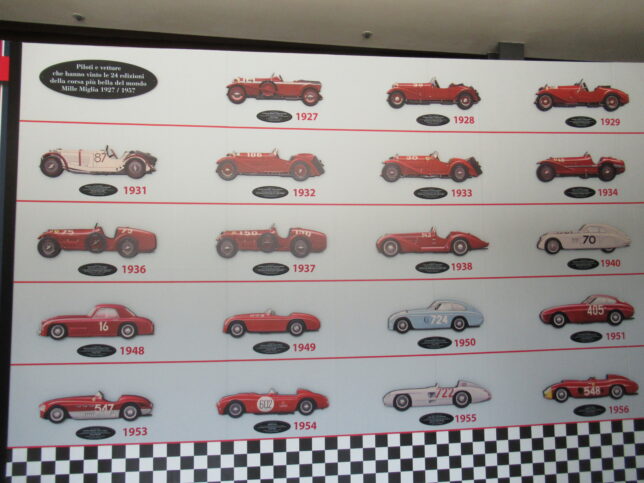
The metro ride goes smooth and I have a hand drawn map of how to get to the museum. The city map I got from the tourist info place does not go out this far. We make all the right turns and end up on the street of the museum. We now watch the addresses until we come to where the museum should be only it is not there. We walk further up thinking maybe the numbers go down and back up but no. We are looking rather perplexed, when a young lady stops and asks if we are lost. I tell her we are looking for the Mille Miglia and she says it is in a totally different spot in the city. She says we should go to the main metro station and take a bus. Google maps has failed us.
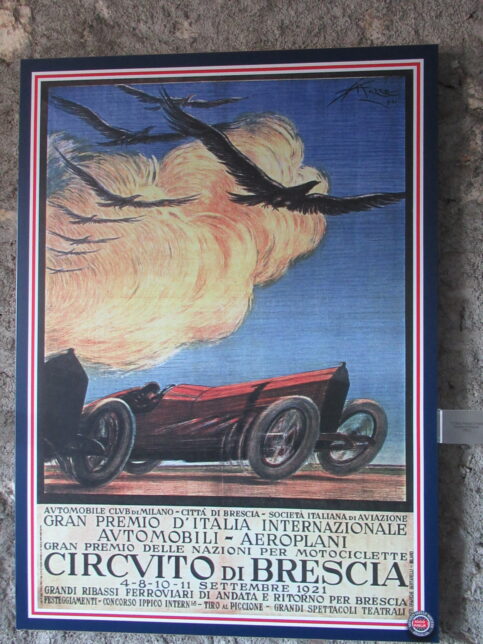
We take the metro to the main station and when we arrive a man stops and says something but I keep walking. He yells at me and Carol says to stop. Turns out they are random checking to see if you have a metro ticket. If not you get fined. There are several people there doing this, however, they do not have a uniform or metro shirt, nor do they volunteer ID so when he approached me, I went into my must be a scam mode and kept walking, not even trying to understand what he was saying. Anyway our city cards are good as tickets and calamity avoided, I go into the nearby TI and ask the guy how to go to the Mille Miglia museum. He tells me which bus and to look for the circle with a red car in the middle and get off there. He also gives me a bus map albeit after I asked for it. We get on the bus and it goes quite a ways before I see the circle and we get off at the next stop. We have found our way here no thanks to technology. Maybe I should volunteer to drive the roads and walk the streets of Italy for Mr. Google.
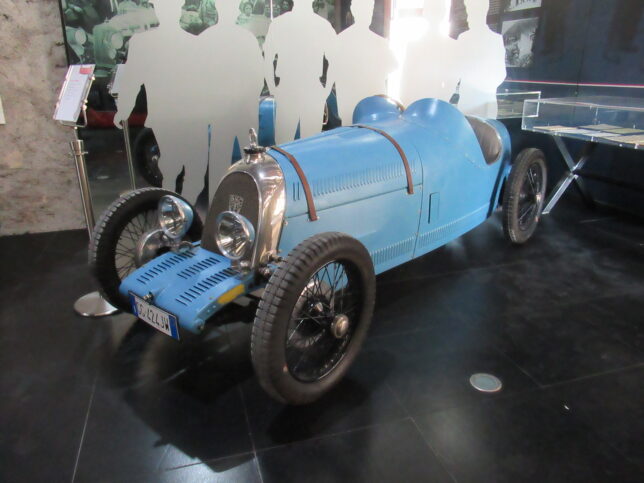
So what exactly is this Mille Miglia Museum about, you might ask. In 1927, a famous classic car race came to life when four rich Italians decided to organize a one-time endurance tour starting in Brescia all the way to Rome and back for a total of 1600 kilometers. Interesting to me is that they named the race a thousand miles when they use kilometers. I wonder why that was. Anyway, the idea was so good that it was decided to do the race every year, selecting different routes making the journey more unpredictable and adventurous. The race did not occur during WWII, but has been held every year since.

We enter the museum and enjoy seeing the older cars that participated in the race, pictures, and memorabilia of the different years. About halfway through there are some closed doors, and a woman seems to have opened one which set off an alarm in the building. It is quite a loud kind of fire type alarm. Carol says something to the lady, who answers with, it wasn’t me, I didn’t do it. Young girls show up and are trying to hold the door open to see if the alarm will go off. I try to help a bit and meantime Carol has been making friends with the troublemaker lady who didn’t do it. Her and her husband are from Germany and we spend some time talking while we slowly move to the second area where the alarm is not so loud. As we look at cars and tell stories, we find that we are enjoying each others company. Chris and Sabrina are staying on Lake Garda which we will be visiting in about a week. It also turns out that Chris and Sabrina live not too far from Bamberg, the first city we will hit in Germany in just under a month. By the time we finish with the museum, we are exchanging information and planning to get together when we are in Bamberg. The funny part is that when we reach the exit/entry of the museum, we find it that they have closed it. The alarm will not shut off and there is also some sort of electrical issue. So to be clear because I know at some point they will read this, Sabrina DID NOT DO IT and she DID NOT SHUT DOWN THE MUSEUM. A good story with a bit of serendipity in meeting good people out of a strange circumstance. We say our goodbyes or auf wiedersehen and Carol and I go to catch our bus. We only have about a half hour left on our city card but should be OK. The bus arrives and drops us at the train station. We decide we should hustle down to the metro and take it the few stops closer to our place. Save a bit on the feet is always good. We make the metro with 2 minutes to spare. Good timing on our part.
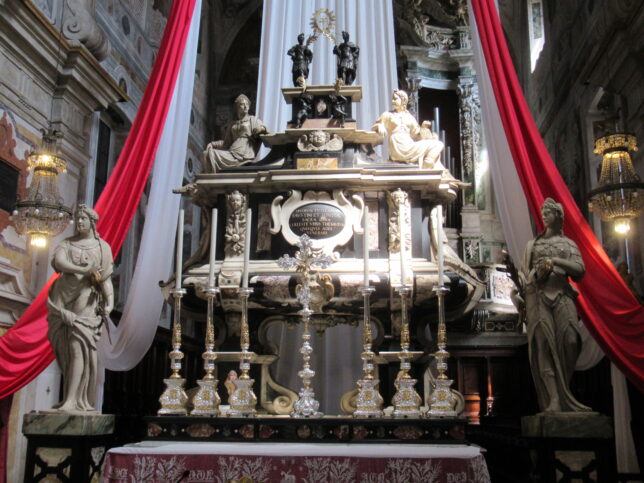
After we freshen up in our room, we go back out to do a little more walking and check out some different churches. The first one is Santi Faustino e Giovita whose name is dedicated to the two patron saints of the city. The site is old and when the original church was destroyed by a fire, it was rebuilt by Bishop Anfrido in 806, when the bodies of the two saints were moved. Eventually, it was demolished to make room for the present church which dates to 1622. There are beautiful ceiling paintings above the nave. On the presbytery walls, there are two paintings by Tiepolo from 1745 to 1751. One evokes the Martyrdom of the Saints Faustino and Giovita and the other the Apparition of the Patron Saints during the siege of Bresciaof 1438. The relics of the saints are preserved in a marble tomb on the altar. In the Chapel of the Crucifix there is a reliquary urn made in 1925 to contain the two femurs of the saints which were taken out of the altar reliquary. Why, I do not know. This church contains a lot more paintings and religious artifacts but I am only giving a short highlight reel. This goes for most of my writing and information. Some may find it interesting to look up these churches or historical places and learn what they have more in depth. For example, there is a skull reliquary of S. Onorio who was a Bishop of Brescia. that is all I know about him without further research.
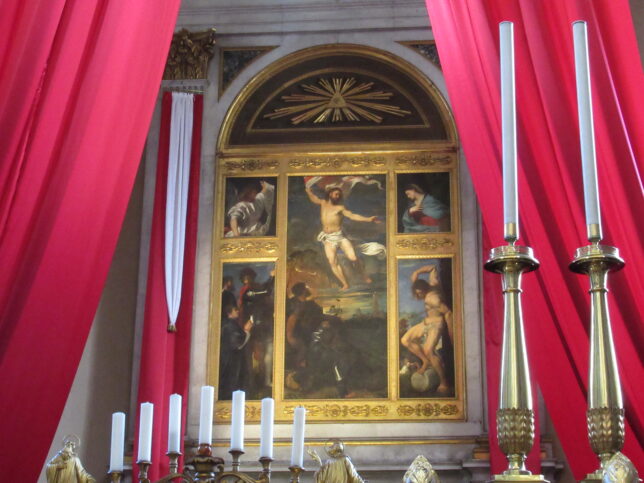
The next church San Giovanni Evangelista takes us through an area we have not been to before. That is part of the fun of looking for churches or other buildings. Exploring the city and neighborhoods as we go after lends itself to cool architecture and other hidden surprises. This church was founded in the 4th century. There are many paintings by Romanino and Moretto, two renaissance masters from Brescia. They were contracted by the church in 1521 and each painter was entrusted with on of the two walls. The last church we see is Santi Nazaro e Celso. This was built between 1752 and 1780. As in the last church, it has works by Moretti and Romanino. The main draw here is a polyptych, five paintings by a young Titian (1522). Titian was a Venetian Master for over 60 years although his earlier works included Padua and other places. We saw some of his work at the Ducal Palace in Ferrara. He also painted for the Hapsburgs and Philip II of Spain. He painted many portraits of Popes, Doges, and other nobility. Obviously, his talent was recognized by the elite.
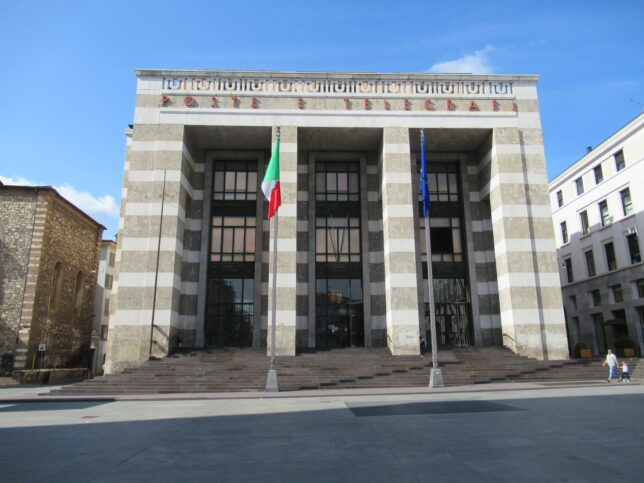
After this church, we head toward home. Along the way we go through Piazza Vittoria. The piazza was inaugurated by Mussolini in 1932 and contains the white and ochre striped Palazzo delle Poste and the 60 meter high Torrione, the first reinforced concrete skyscraper. Designed in the 1930s, it was considered at the time to be the tallest building in Europe. There is also a more modern looking clock tower with a banner on it for the 1000 Miglia or Mille Miglia which is the race that we went to the museum about earlier.

One piazza over is Piazza Della Loggia which was built under the Venetians who ruled over Brescia from 1426 to 1796. They built the square as a way to express the power of the local government. The Loggia has three arches and a dome that dominates the richly carved white marble facade. Built in 1492, it is still the seat of the local government. Opposite side of the Piazza is the clock tower built in 1540 with two bronze statues that still strike the bell every hour. The mechanical clock also indicates zodiac signs and moon phases, just like the one in St Marks square. It is quite the square. So what to do in such a beautiful square after a long day of sightseeing. Why, have an aperitif of course. We decide to finally try a spritz that we have been seeing people drink at various places in our travels. We order a Campari and an Aperol Spritz. Neither one of us are too fond of the Campari but like the Aperol. We decide to get another drink called a Hugo Spritz and Carol really likes that one. It is a bit sweet but has fresh mint. They both have Prosecco in them with the Aperol adding Aperol to it and then some soda water or seltzer. The Hugo has Prosecco, elderberry liquor or syrup, seltzer and mint. They are pretty good so maybe more in our future. You also get some niblets with your drinks, in this case potato chips, but we have seen all kinds of little bites being given at different places. Dinner tonight is pizza from Pizzium which is becoming our pizza place of choice. All in all a very nice day and we may have made some new friends.
Expenses Dessert from Pam 1.98E Drinks in Piazza Della Loggia 13E Pizzium Pizza Dinner 17E Locanda Della Mercanzie 105E Walked 8.8 Miles
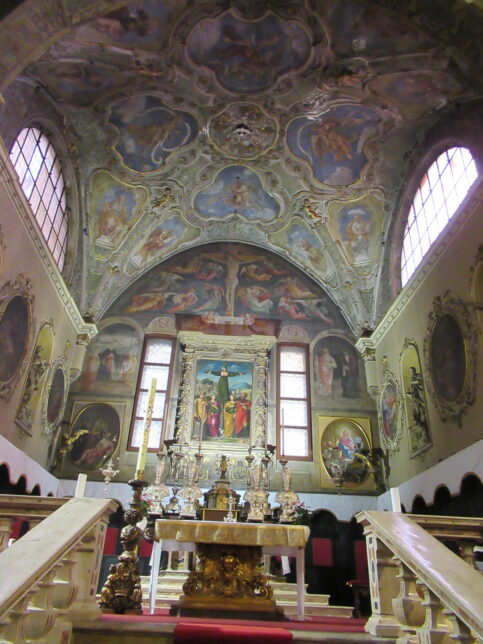
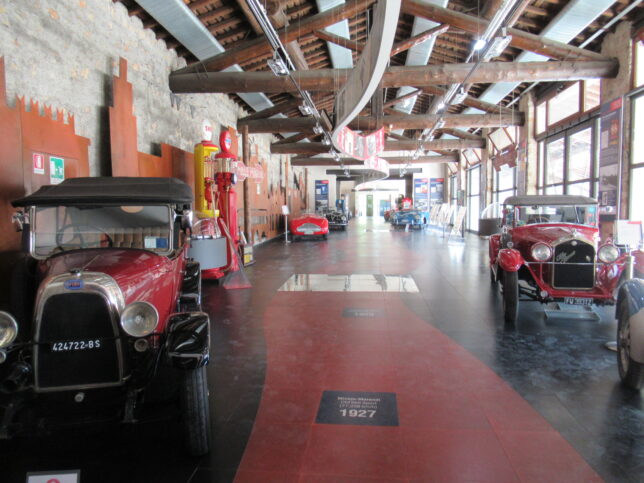

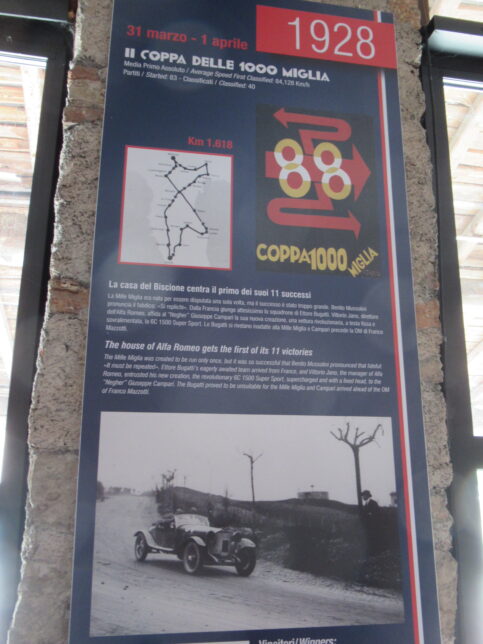
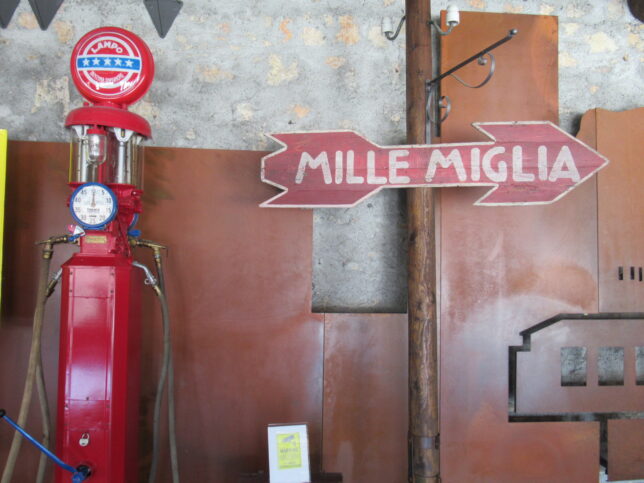



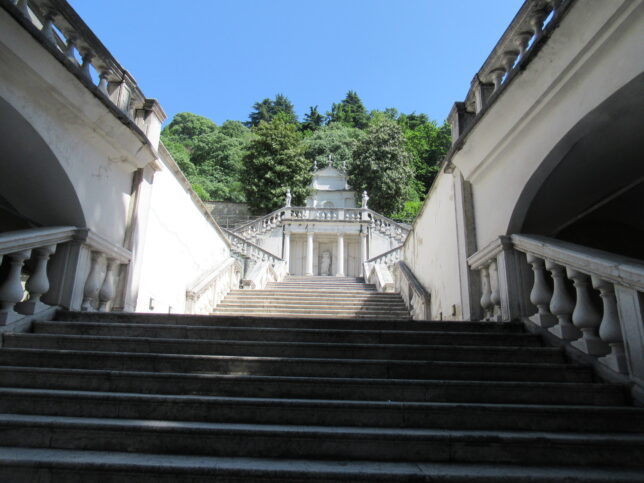
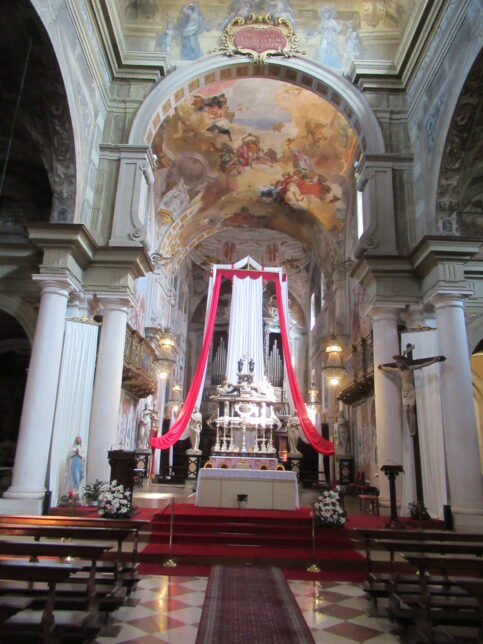

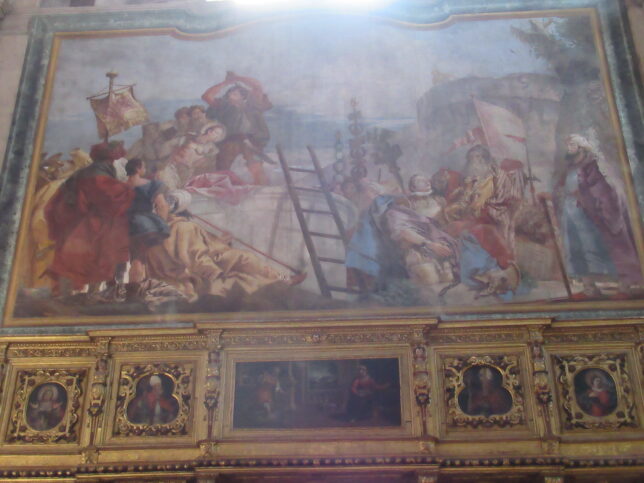
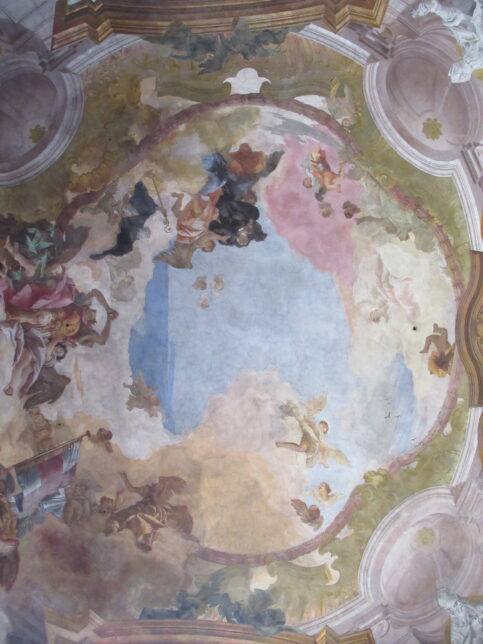
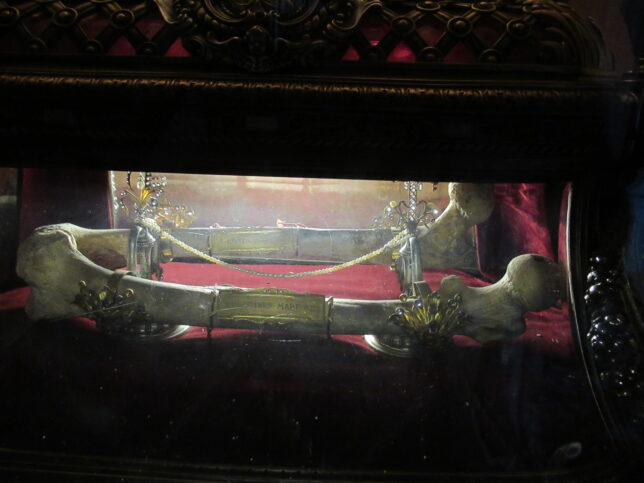
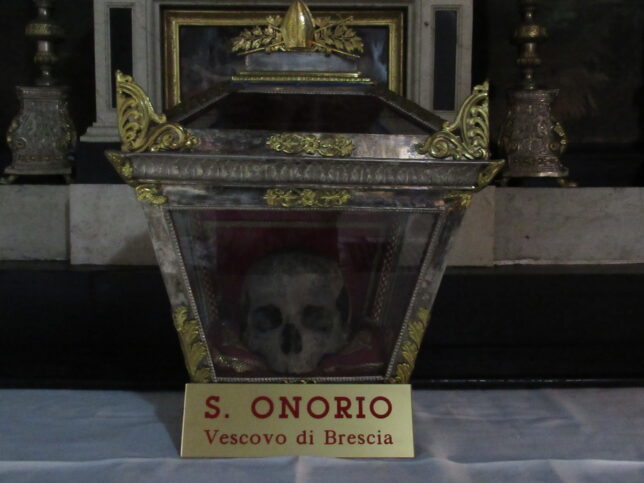
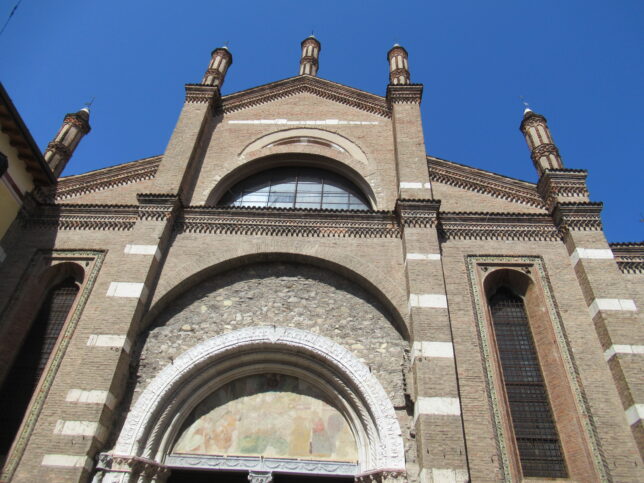



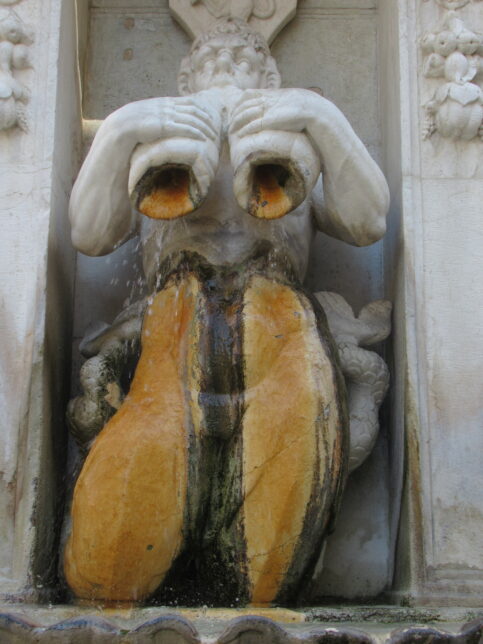
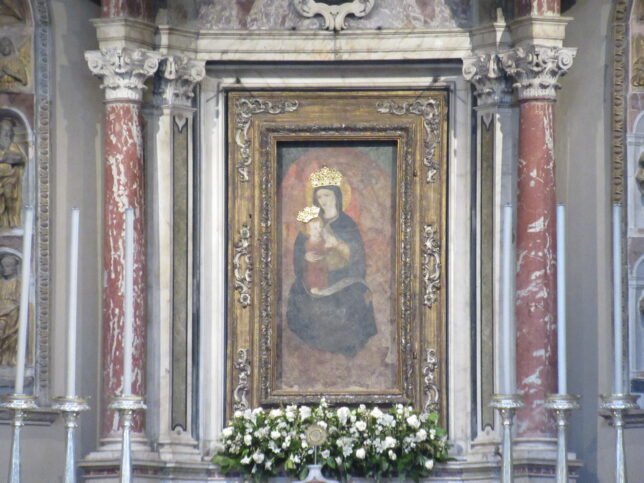
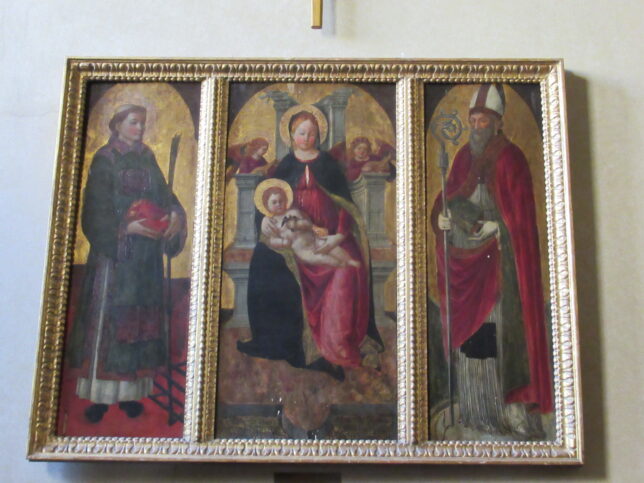
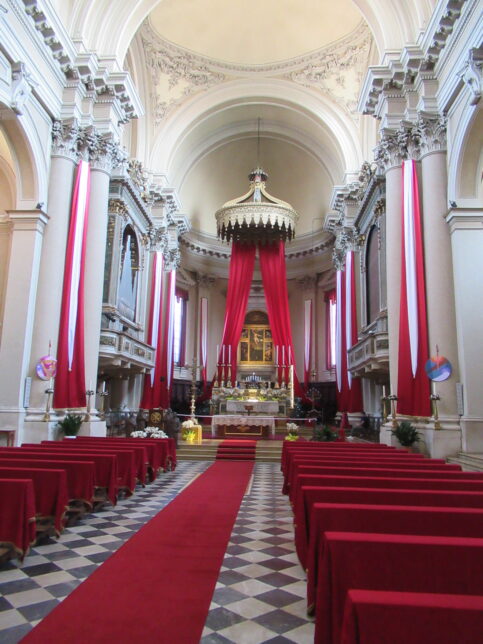
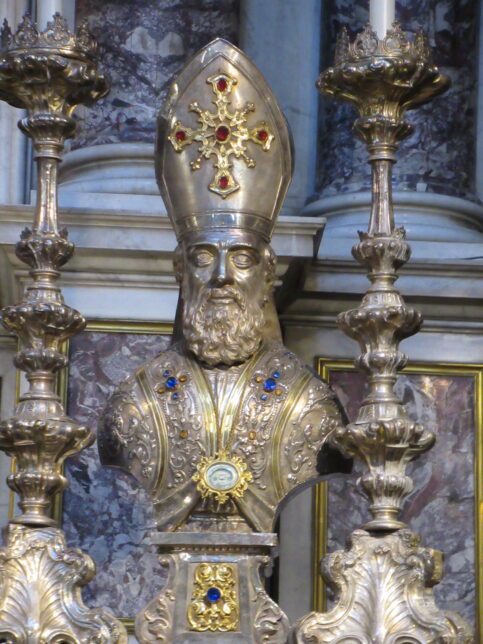
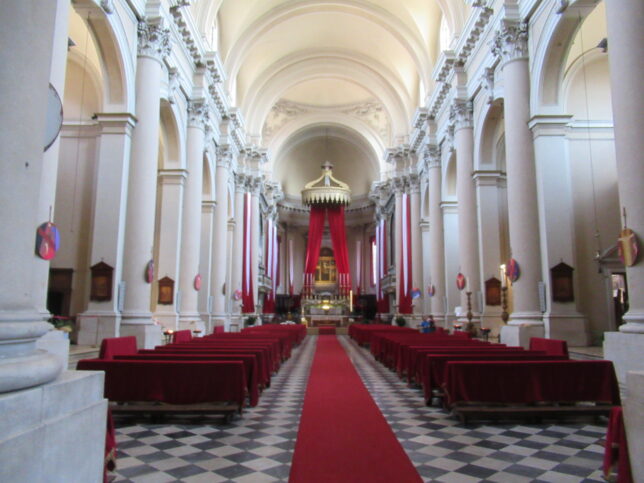
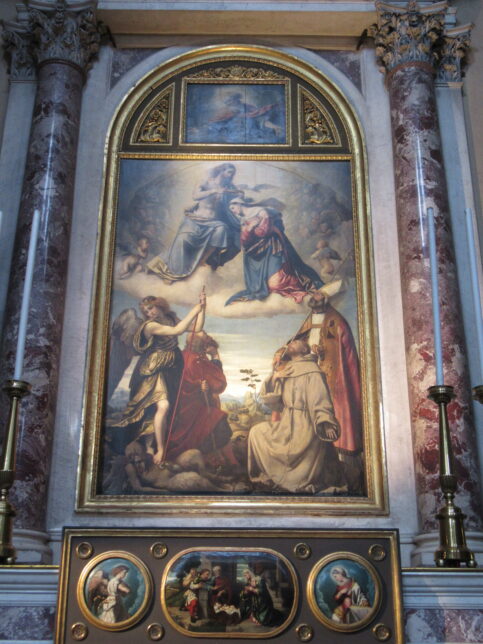
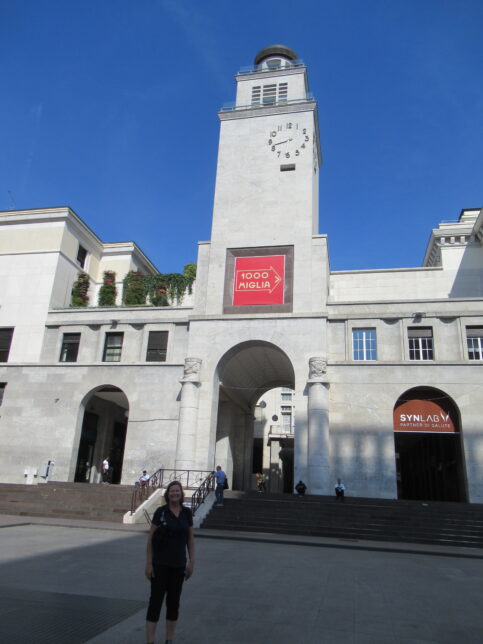
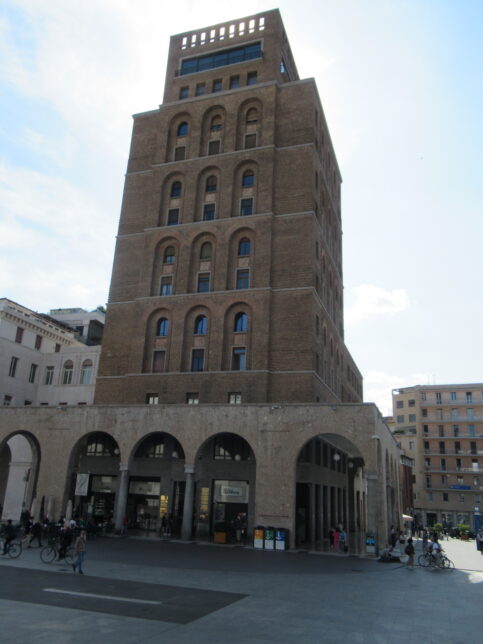



It wasn’t me!!!!!!! I can not stop laughing. Miss you guys????